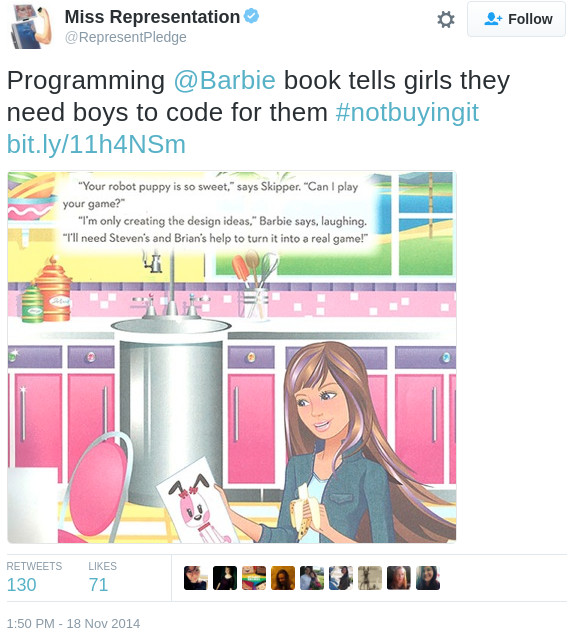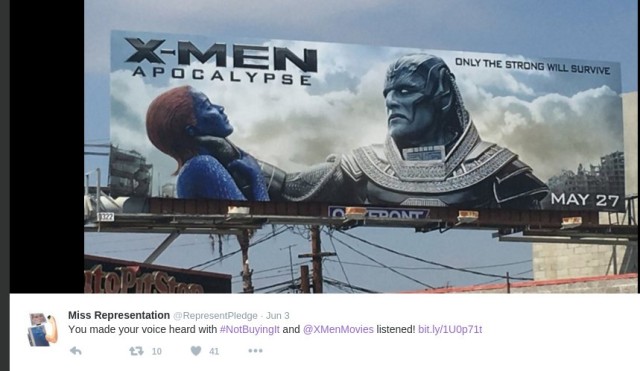Ethnography, put simply is ‘the writing of culture’ (Atkinson, 1992) where the researcher assumes ‘the role of an apprentice’ who aren’t afraid to ‘ask dumb questions, repeat themselves, make obvious mistakes, or become the subject of ridicule.’ (Hasbrouck, 2018).
I have chosen to study Australian short films in relation to audience engagement and discussion as this is an area of genuine personal interest and has purpose that according to Murchison, J. (2010) will be more successful. My choice has evolved from questions stemming from my own curiosity rather than from any one else. Which leads to being able to put more passion and energy into researching and forming a digital artefact, that I’ll be able to be proud of and have use for in my future.
In the last two years, I’ve been part of several short film productions with various roles in production and post production while completing a Diploma of Film. I’ve discovered a profound interest in this media form, its artistry, potential for collaboration and mode of pure creative expression to capture a single moment in a beautiful, humorous or emotional way. Only after beginning my studies in film did I start to watch and enjoy many short films. I want to explore the wider community in getting to know who shares my passion and who are my potential audience.
It seems more common for feature films and television shows to be at the centre of conversations but I want people to see the potential of this short films with its simplicity and suitability in our fast paced-time-poor world. Short films are accessible, undemanding of much time, commitment or personal investment and are at the core of storytelling, sharing culture and emotion. As a filmmaker, I want to be able to engage with my audience and understand their desires and expectations, what better way to achieve this then through an ethnography.
Short films
Recommendation: Concern for welfare, watch via SBS on Demand https://www.sbs.com.au/ondemand/video/1155347011855/queer-for-short-concern-for-welfare
References
Daymon Christine and Holloway Immy (2011) ‘Ethnography’, Qualitative Research Methods in Public Relations and Marketing Communications. Routledge: New York.
Hasbrouck, Jay, (2018) ‘Cultivating Curiosity’, Ethnographic Thinking: From Method to Mindset, Routledge: New York. pp 9 – 15.
Murchison, Julian (2010) Ethnography Essentials: Designing, Conducting and Presenting Your Research, John Wiley & Sons, San Francisco.

 Source: Twitter
Source: Twitter






 (Source: Technology Review)
(Source: Technology Review)